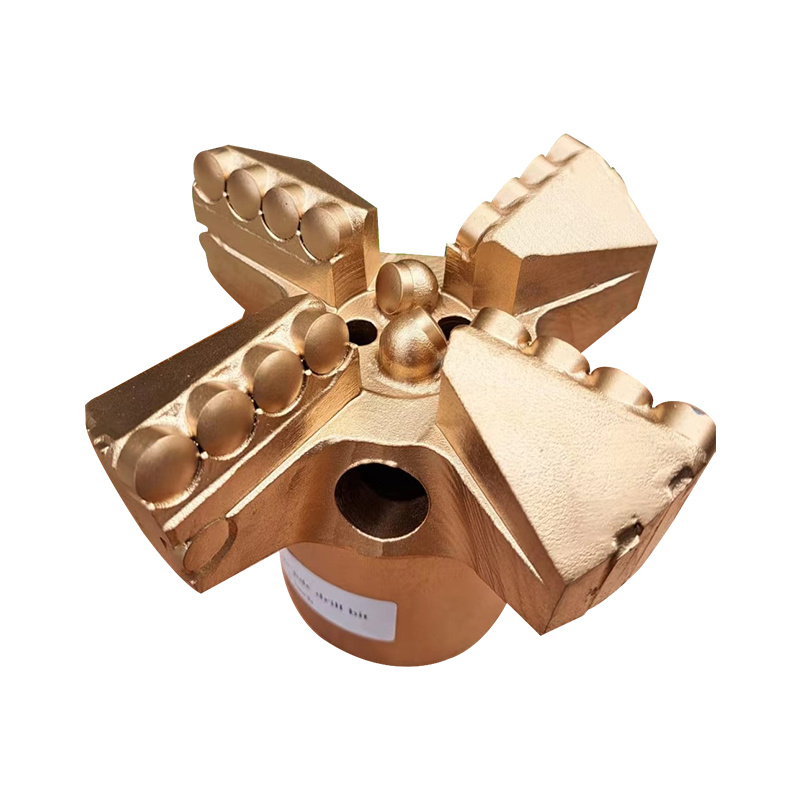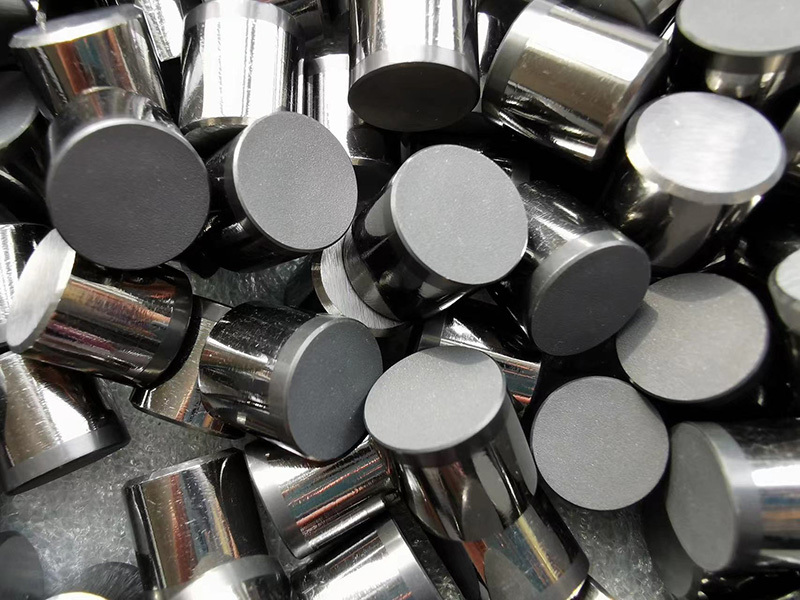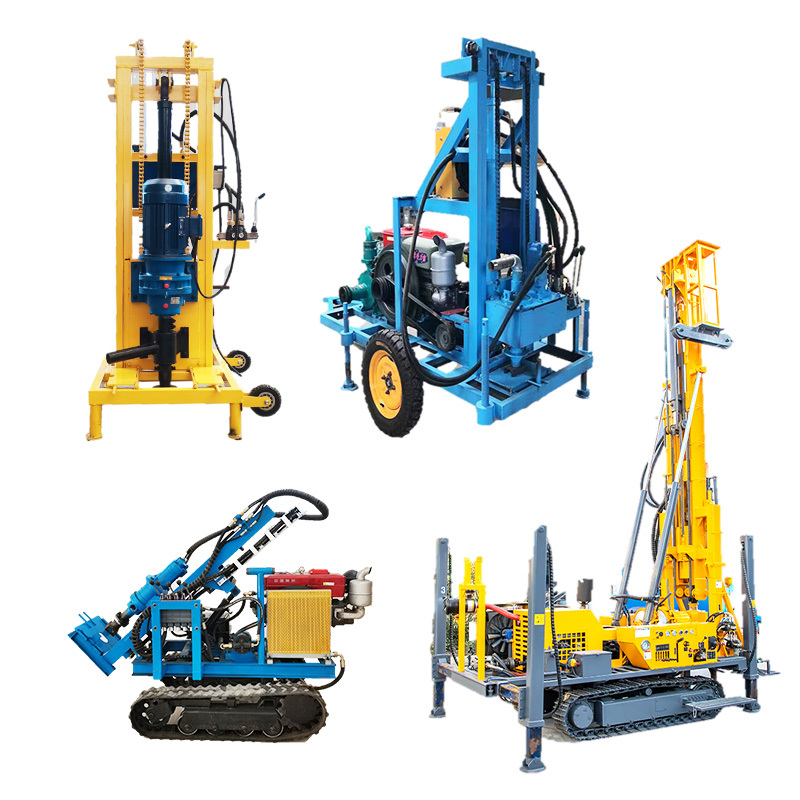How Do Tricone Bit Bearing Seals Boost Drilling Performance?
Jun 04,2025
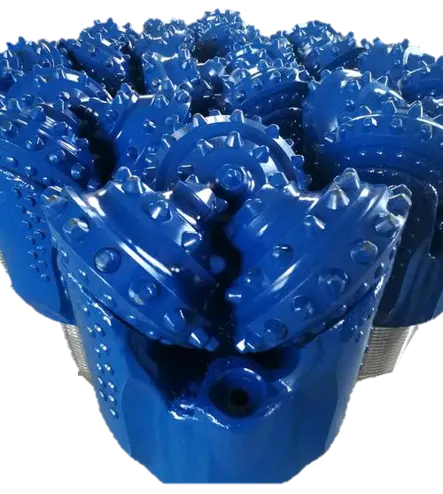
Approximately 80% of tricone bit failures originate from seal collapse, where extreme downhole conditions—high temperatures, abrasive particles, and pressure differentials—demand innovative sealing solutions.
As drilling depths increase, tricone bit bearing seals have evolved from conventional rubber designs to advanced systems combining structural ingenuity and material science. These innovations tackle three critical challenges: thermal degradation, particle invasion, and dynamic pressure imbalances.
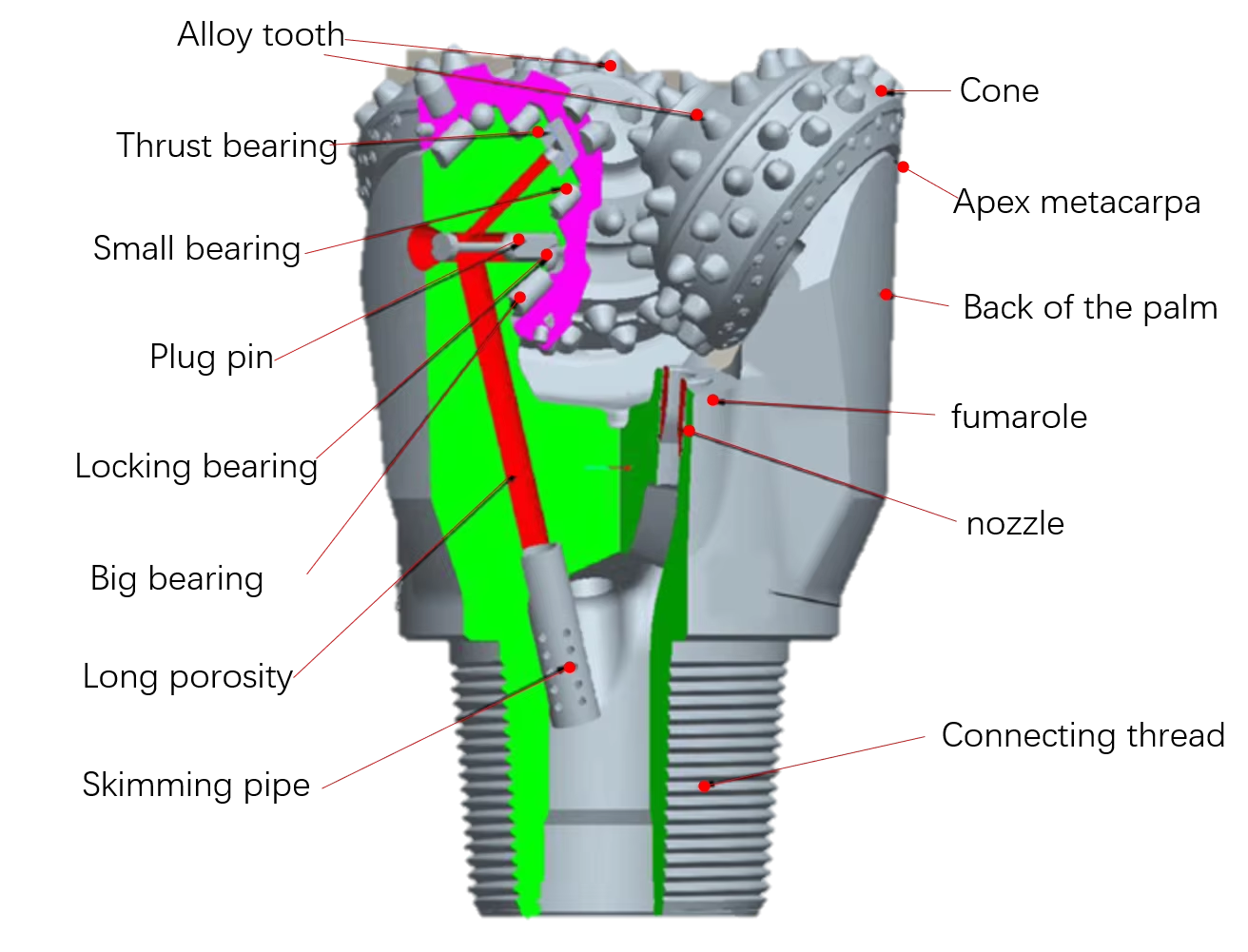
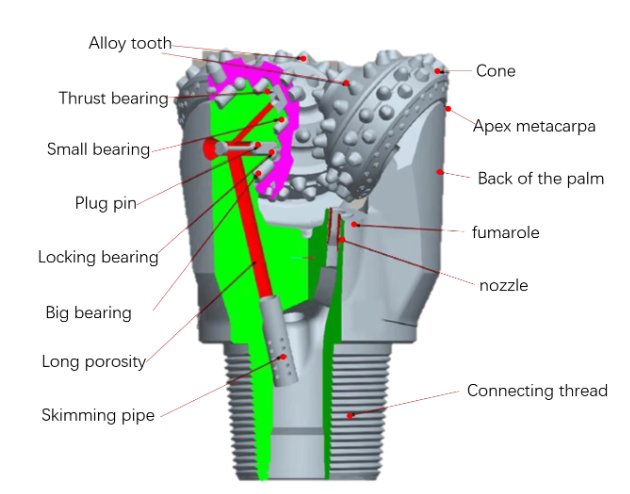
01 Combined Face-Radial Sealing
Dual-barrier defense against contaminants:
- Toothed disc seal with angled edges scrapes debris from shafts
- Optimized groove geometry (arcs + slopes) reduces stress concentration
→ Extends bit life by 30% through multi-stage sealing
02 Metal Spring-Polymer Hybrid Seals
Solving rubber’s 120°C thermal limit:
- Embedded metal springs maintain constant contact pressure
- High-temp polymers ensure surface conformity
→ Doubles service life vs. rubber seals in deep wells
03 Magnetically Enhanced Seals
Precision sealing at 250°C:
- Rare-earth magnets in seal cores sustain clamping force
- Non-magnetic alloy frames resist thermal demagnetization
→ 40% longer lifespan in ultra-deep applications
04 Pressure-Balanced Floating Seals
Neutralizing destructive pressure differentials:
- L-shaped metal rings with equalization channels
- Self-aligning retainers compensate for bit eccentricity
→ Field data shows 25% lower seal failures in directional drilling
05 The HNBR Material Revolution
Redefining thermal resilience:
- Maintains 29.7 MPa tensile strength at 150°C (vs. 17.4 MPa for standard NBR)
- Hardness increases only 7 HA after 500h at 150°C (vs. 25 HA for NBR)
→ Suppliers like SUNGOOD TECH deliver validated solutions for geothermal reservoirs
Emerging Tech Convergence:
Next-generation seals integrate smart materials with pressure-adaptive structures. As industry experts emphasize: "Future systems will feature real-time seal-gap adjustment and thermally responsive composites to combat lubricant breakdown at 5,000m+ depths."
With drilling costs rising, should seal R&D prioritize extreme-temperature materials or intelligent pressure management? Join the debate at SUNGOOD TECH's engineering forum.
Related News
Contact Us







